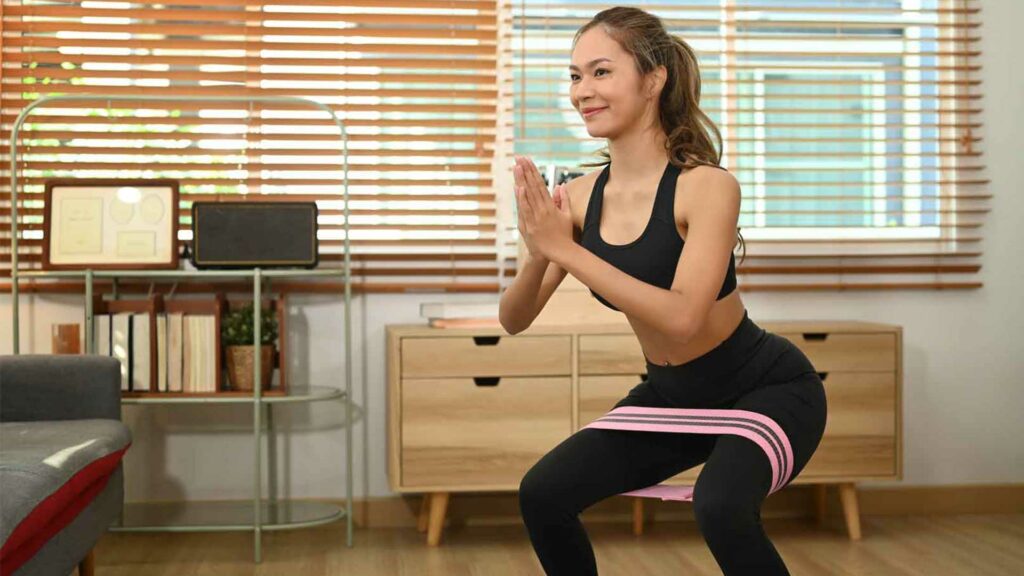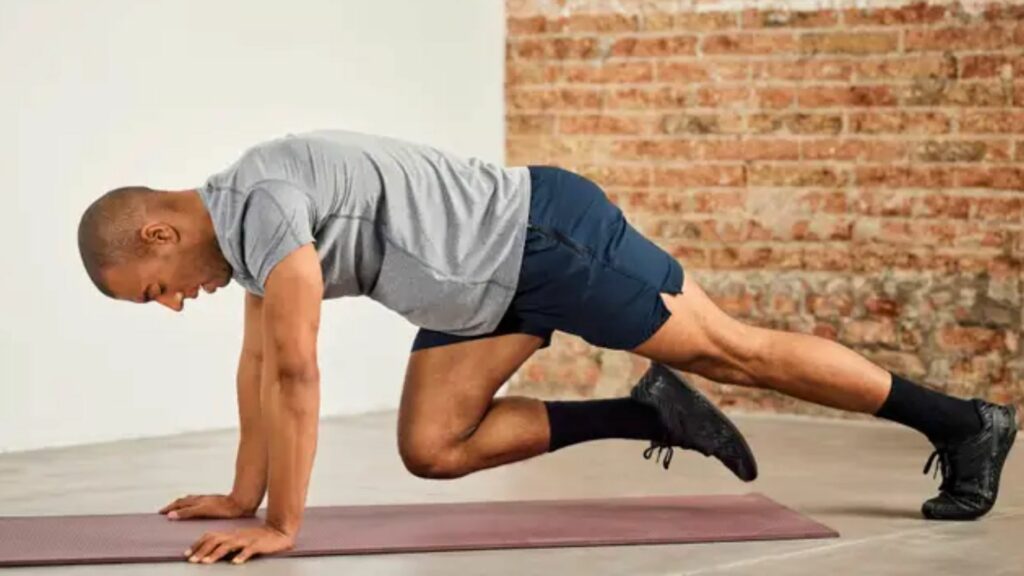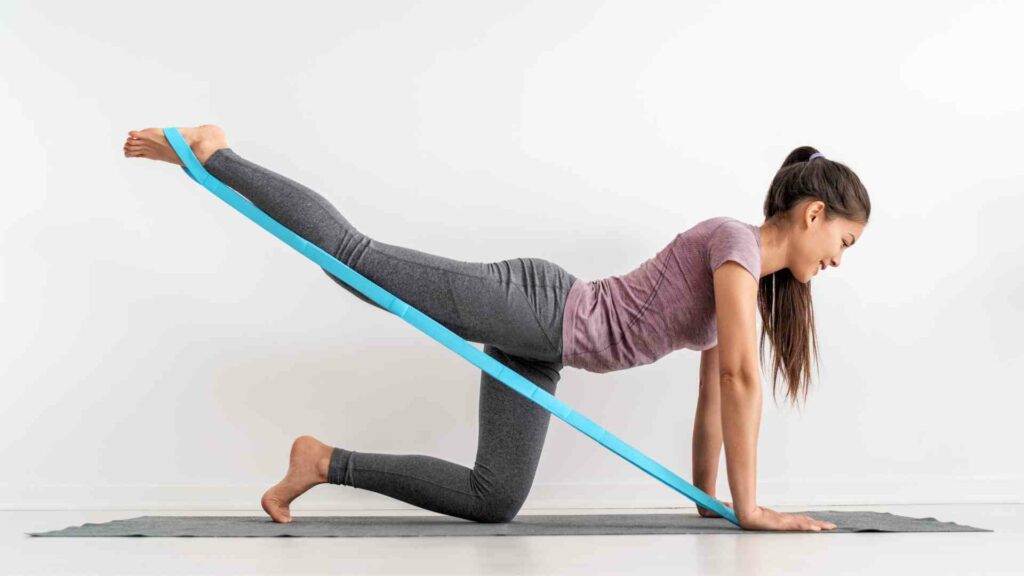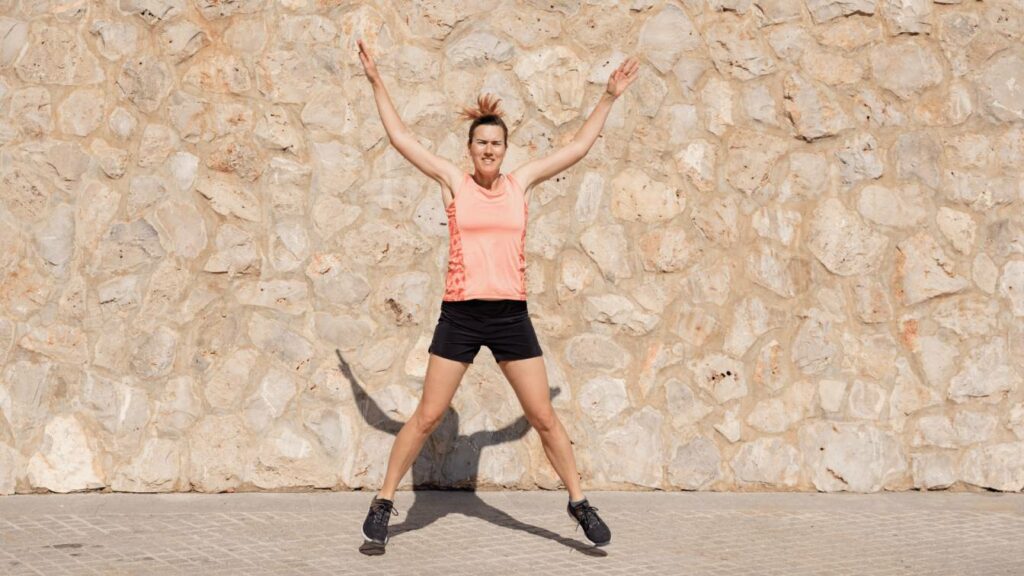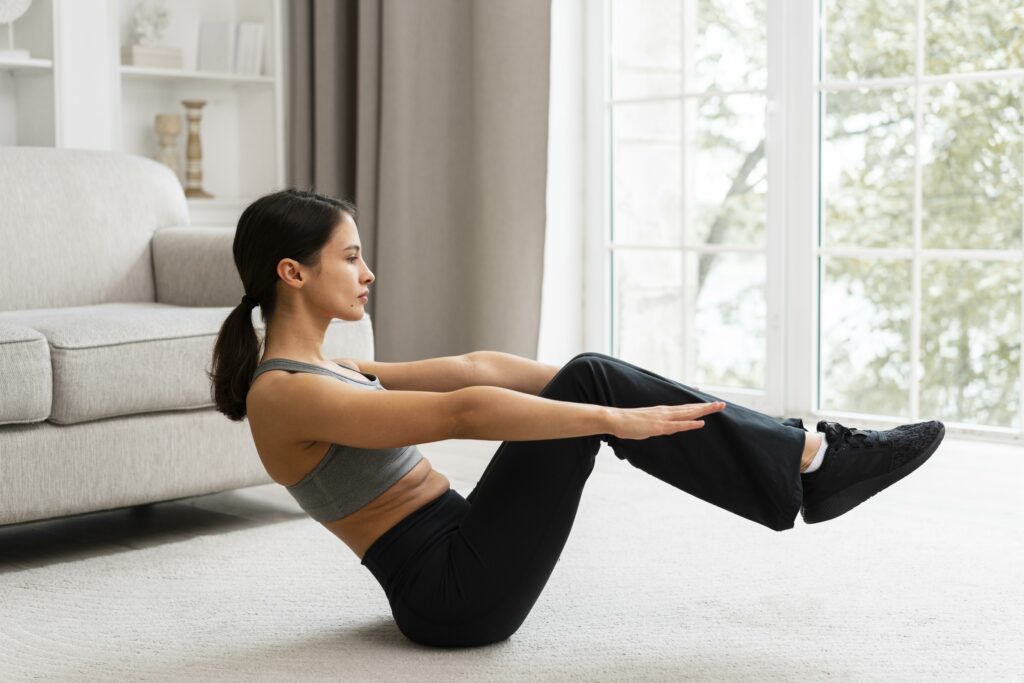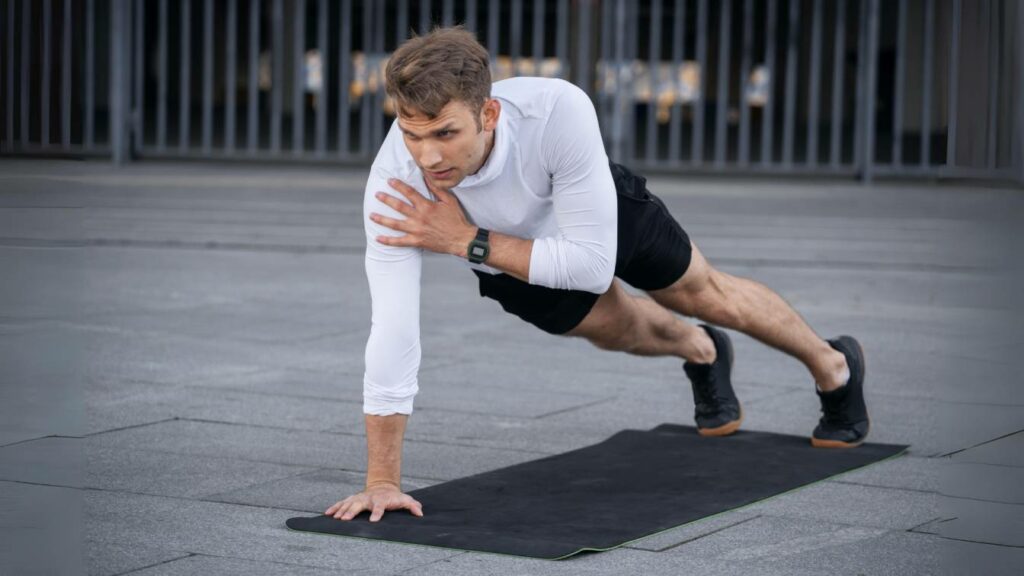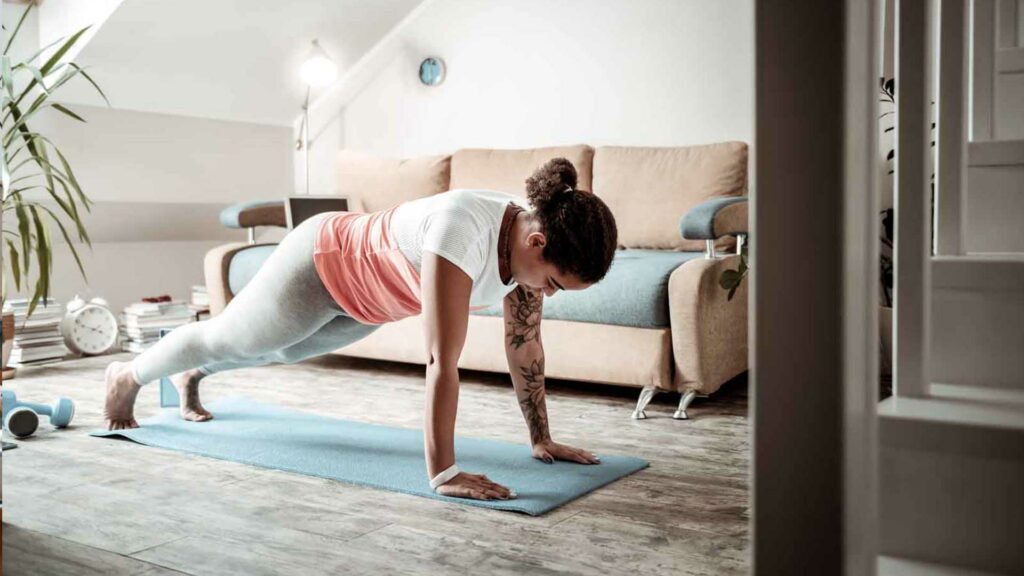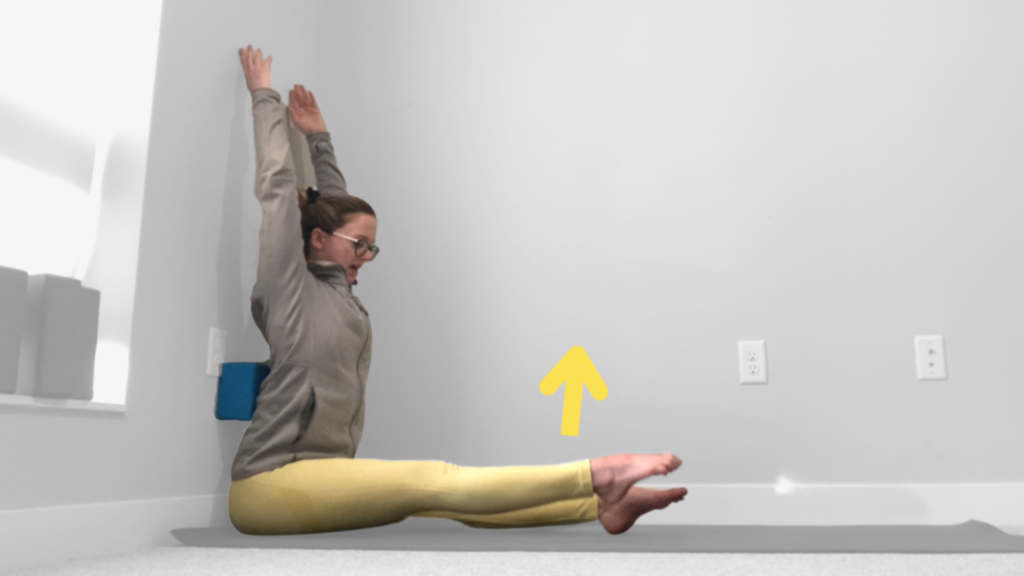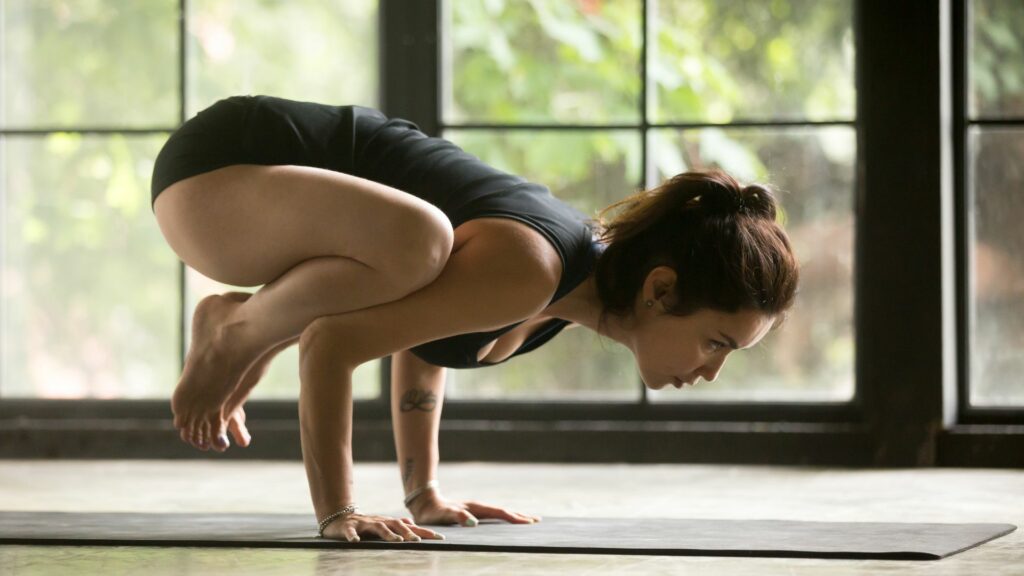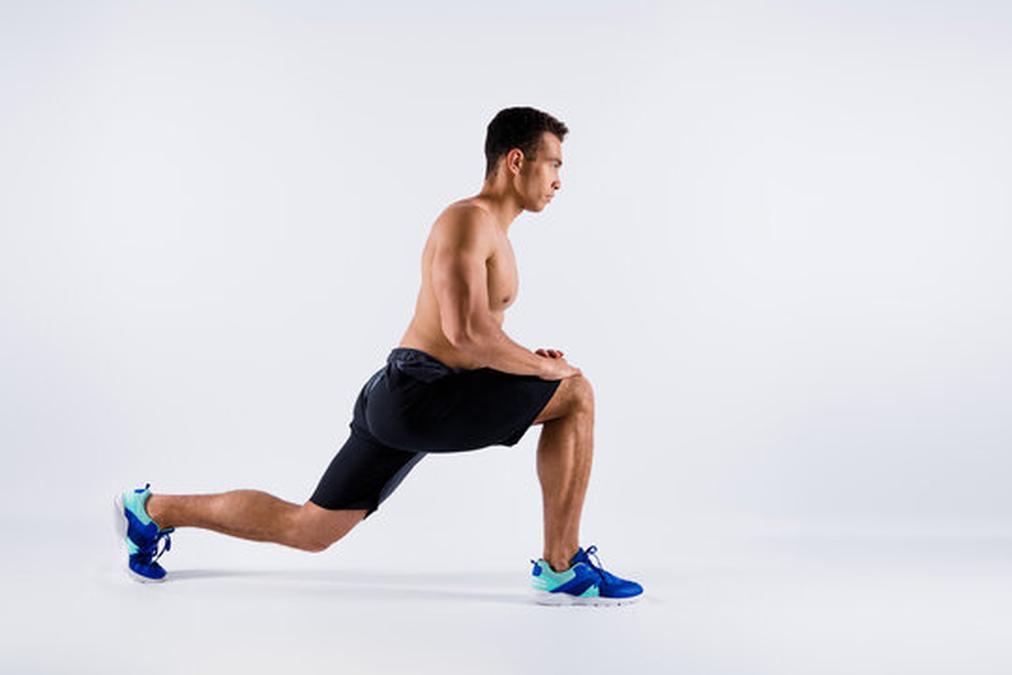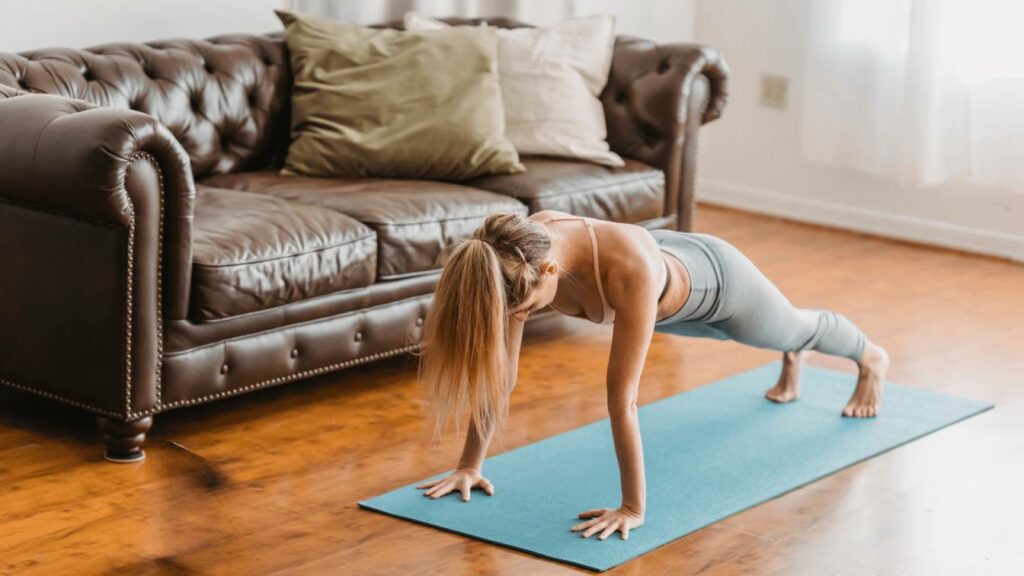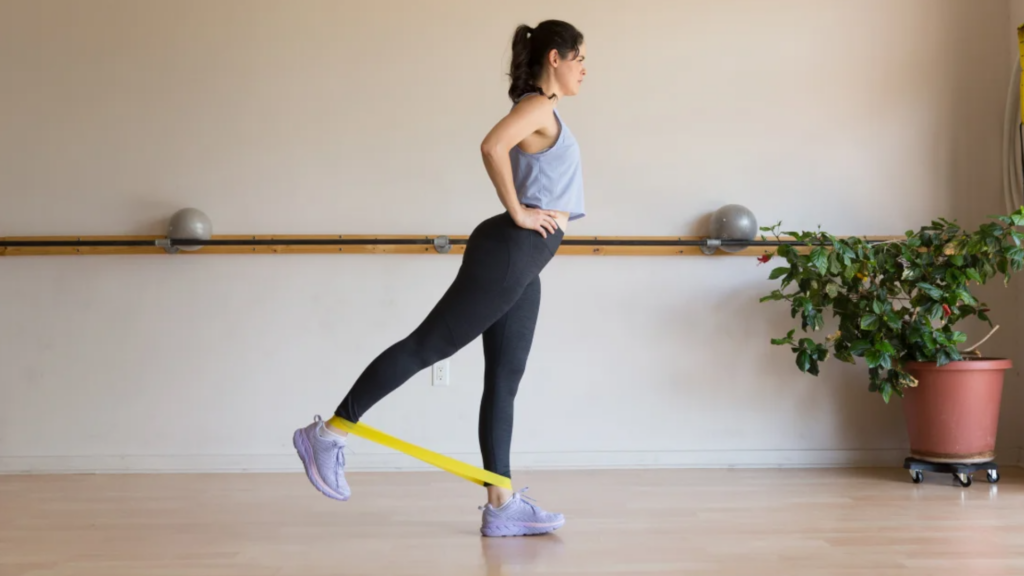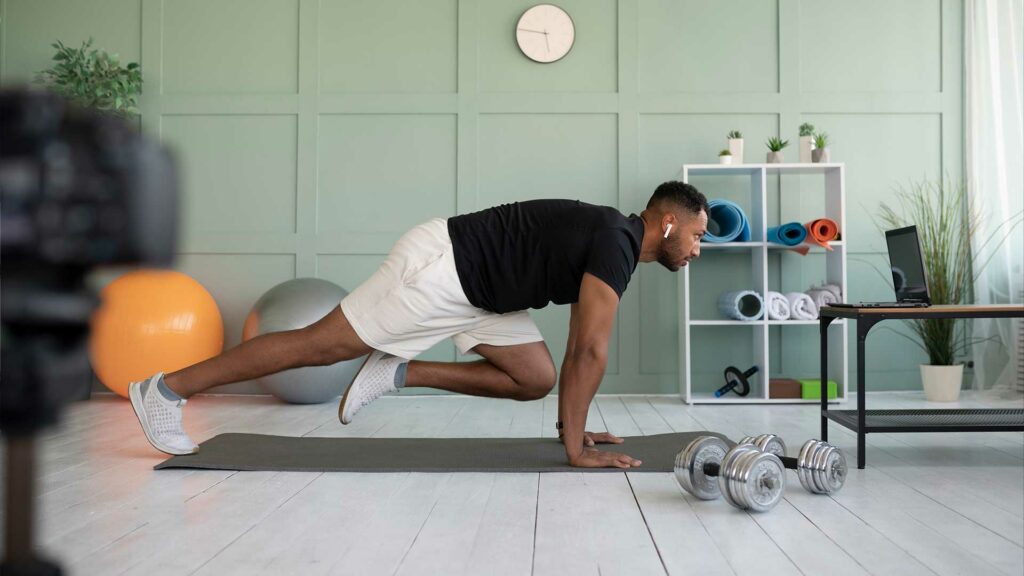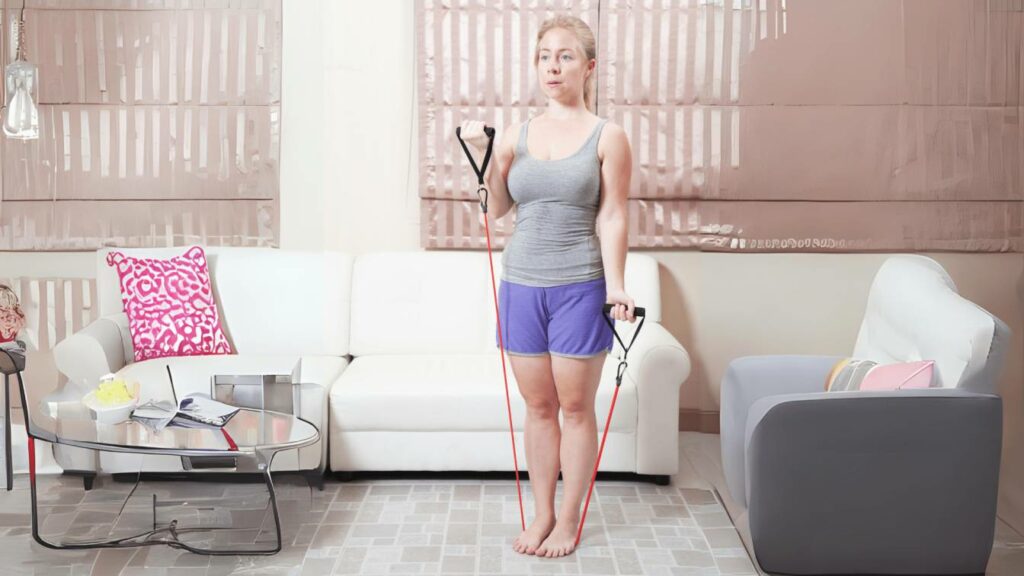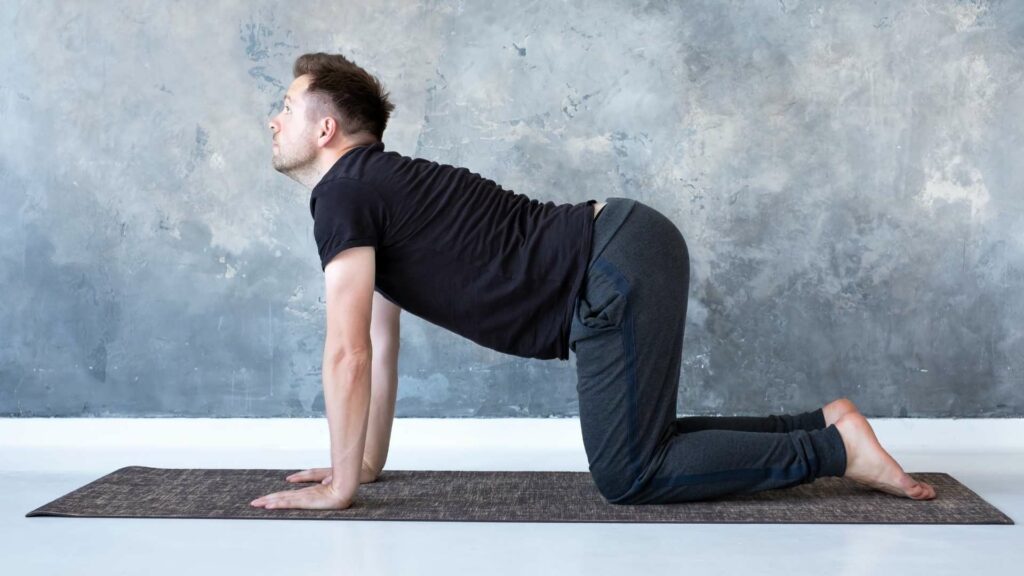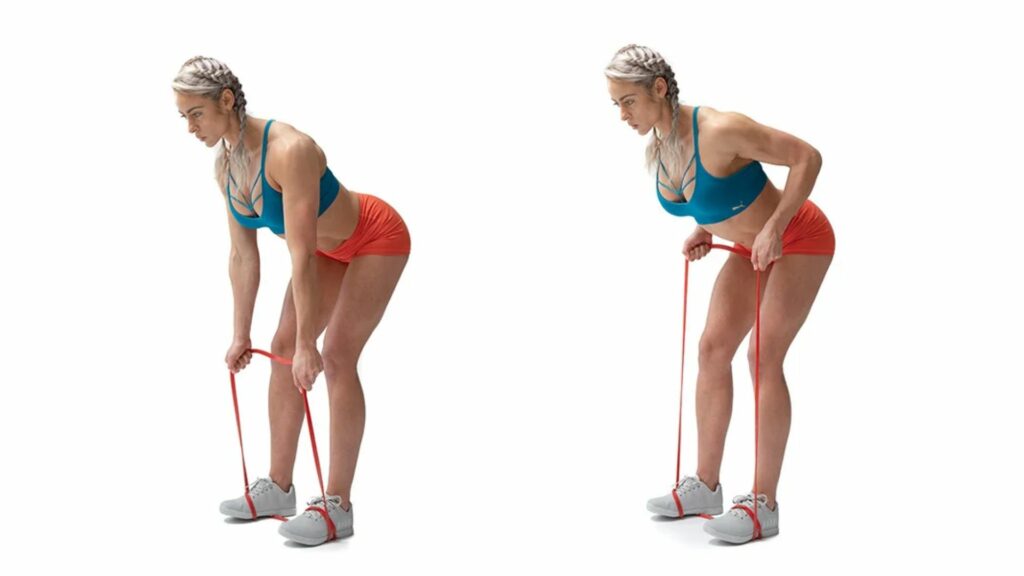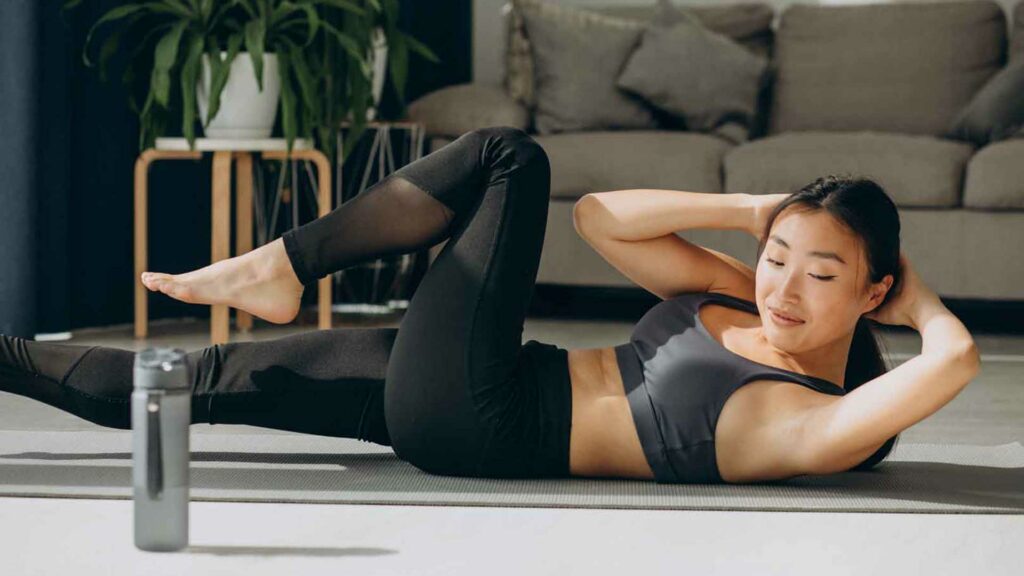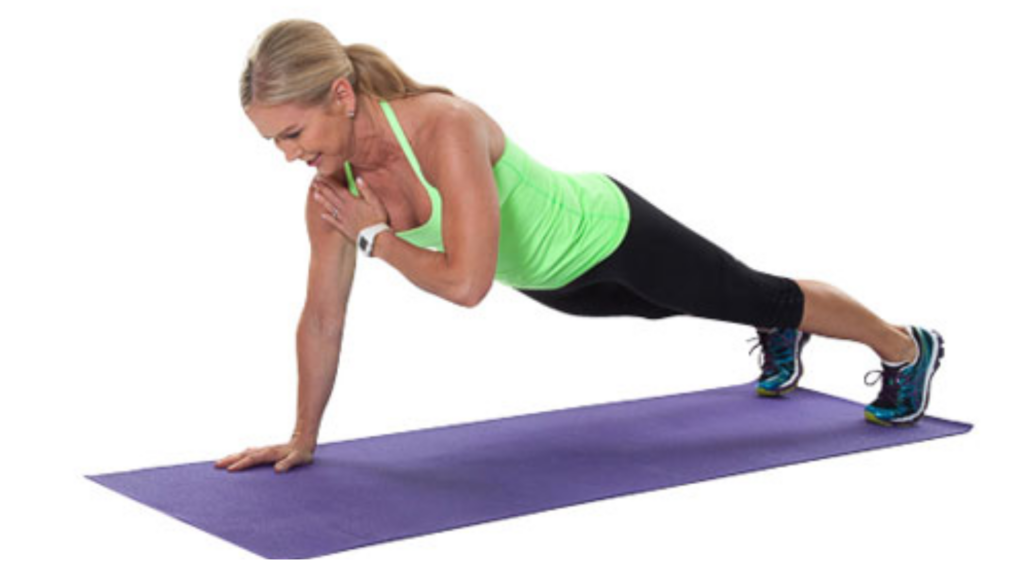Are you looking for an exercise that can tone and sculpt your legs without causing strain on your knees? Look no further than the Cross Behind Lunge exercise.
This low-impact exercise targets multiple muscle groups and is perfect for those with knee injuries. This article will explain the proper form and technique of the Cross Behind Lunge exercise, the targeted muscles, modifications and variations, and a workout routine.
We will also hear from individuals who have incorporated the Cross Behind Lunge exercise into their fitness routines and experienced results.
Use of Merlin App for Cross Behind Lunge
The Merlin App is a valuable tool for improving your Cross Behind Lunge technique. Using its AI real-time feedback feature, the app can analyze your form as you perform the Cross Behind Lunge exercise, ensuring that you maintain proper posture, step alignment, and balance throughout the movement.
It provides instant guidance and corrections, helping you avoid common mistakes and reduce the risk of injury. Additionally, the app offers voice feedback to keep you motivated and on track during your workout, making it easier to stay focused and maintain the correct lunge form.
With the ability to customise workout and track your progress, the Merlin App becomes an effective companion for honing your Cross Behind Lunge skills and achieving your fitness goals.
Muscles Targeted
| Variation | How to perform | Muscles targeted |
|---|---|---|
| Adding weights or resistance bands | Hold a pair of dumbbells or a kettlebell at your sides, or place a resistance band around your thighs just above your knees. | Glutes, quads, hamstrings, calves |
| Reverse lunge | Step backward with your trailing leg until your front thigh is parallel to the ground. | Glutes, quads, hamstrings, calves |
| Unstable surface | Perform the Cross Behind Lunge exercise on an unstable surface, such as a balance board or a foam pad. | Glutes, quads, hamstrings, calves, core, hips, ankles |
| Jump lunge | After stepping your trailing leg behind your lead leg, jump up explosively and switch your legs mid-air, landing with your opposite leg forward. | Glutes, quads, hamstrings, calves, core, hips, ankles |
The Cross Behind Lunge primarily targets the glutes, quads, hamstrings, and calves. These are the muscles responsible for hip extension, knee extension, knee flexion, and plantar flexion, respectively. In addition, the Cross Behind Lunge also activates the stabilizer muscles in your core, hips, and ankles.
According to personal trainer and fitness expert, “The Cross Behind Lunge is a great exercise for those looking to tone and sculpt their legs, while also improving their balance and stability.”
Cross Behind Lunge Exercise: The Ultimate Workout for Toned and Sculpted Legs
- Cross-behind lunge exercise is explained and its benefits listed.
- Primary and stabilizer muscles targeted are explained.
- Modifications and variations, workout routine, precautions and tips are discussed.
VIDEO
Proper Form and Technique
To perform the Cross Behind Lunge exercise, follow these step-by-step instructions:
- 1. Stand with your feet hip-width apart, with your arms at your sides.
- 2. Step your right foot back behind your left leg, crossing it behind your left foot.
- 3. Bend your left knee and lower your body down until your left thigh is parallel to the ground. Keep your right foot off the ground.
- 4. Pause for a moment, then push through your left heel to return to the starting position.
- 5. Repeat on the other side, stepping your left foot back behind your right leg.
When performing the Cross Behind Lunge exercise, it is important to keep your torso upright, your core engaged, and your knee above your ankle. Your front knee should not go past your toes. If you are having difficulty balancing, you can place your hands on your hips or out to the sides for support.
Common mistakes to avoid
One common mistake when performing the Cross Behind Lunge exercise is allowing your front knee to go past your toes. This can cause unnecessary strain on your knee joint. Another mistake is leaning forward, which can put strain on your lower back. To avoid these mistakes, focus on keeping your torso upright and your core engaged throughout the exercise.
Modifications and Variations
1. Adding weights or resistance bands
To increase the intensity of the Cross Behind Lunge exercise, you can add weights or resistance bands. Hold a pair of dumbbells or a kettlebell at your sides, or place a resistance band around your thighs just above your knees.
2. Reverse lunge
A reverse lunge is a variation of the Cross Behind Lunge exercise that can be less challenging for beginners. Instead of crossing your trailing leg behind your lead leg, step backward with your trailing leg until your front thigh is parallel to the ground.
3. Unstable surface
Performing the Cross Behind Lunge exercise on an unstable surface, such as a balance board or a foam pad, can challenge your balance and stability. This can help improve your overall coordination and reduce your risk of injury.
4. Jump lunge
A jump lunge is a more advanced variation of the Cross Behind Lunge exercise that adds a plyometric element to the movement. After stepping your trailing leg behind your lead leg, jump up explosively and switch your legs mid-air, landing with your opposite leg forward.
Cross-Behind Lunge Workout Routine
1. Warm-up exercises
Before starting any workout routine, it is important to warm up properly. Perform 5-10 minutes of light cardio, such as jumping jacks or jogging in place, to get your heart rate up and your blood flowing. Follow this with some physiotherapy exercises or bodyweight exercises to loosen up your muscles and joints.
2. Recommended sets and reps
For beginners, start with 2 sets of 10 reps on each leg, gradually increasing to 3 sets of 12-15 reps. For more advanced exercisers, you can increase the weight or resistance, or perform the exercise on an unstable surface.
3. Rest periods
Take a 30-60 second rest period between each set. This will allow your muscles to recover and prepare for the next set.
4. Cool-down exercises
After completing your workout, it is important to cool down properly. Perform some gentle stretching exercises or full-body workouts to help your muscles recover and reduce your risk of injury.
Q & A
What is a cross behind lunge exercise?
A lower body exercise that targets the glutes, hamstrings and quads.
How do I perform a cross behind lunge exercise?
Stand with feet hip-width apart, step one foot behind the other and lunge down.
Who can benefit from doing cross behind lunges?
Anyone looking to strengthen and tone their lower body muscles.
What are the benefits of doing cross behind lunges?
Stronger legs, improved balance, and increased flexibility.
How often should I do cross behind lunges?
2-3 times per week, with at least a day of rest in between.
What if I have knee pain while performing cross behind lunges?
Start with a shorter range of motion and gradually increase as your strength improves.


